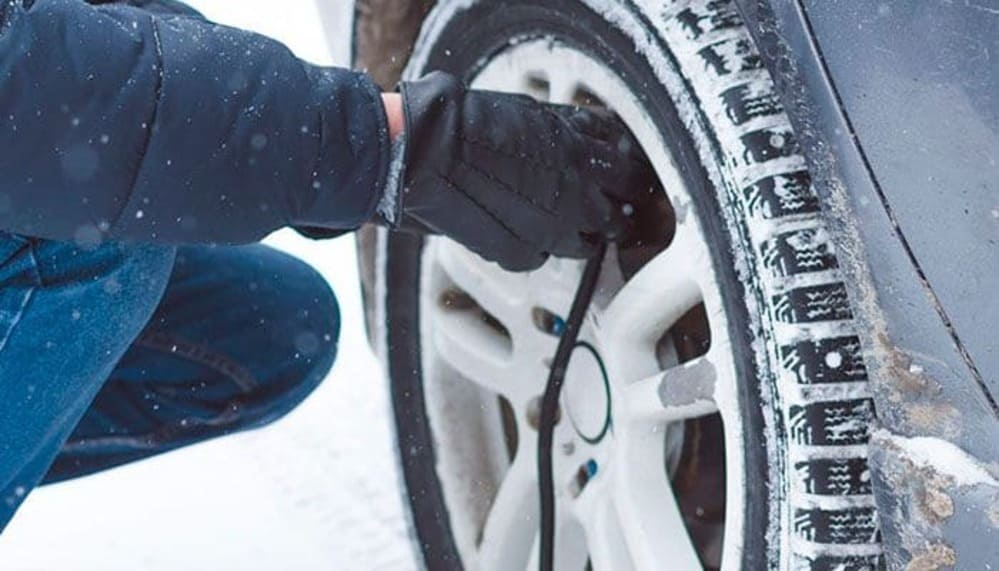
Tire pressure is often over-looked, but it’s a rather important task to remember. Your tires are there to support the weight of your vehicle. Both drivers and passengers rely on their durability for a smooth ride. It only takes a few minutes to monitor all four tires, and it pays off by keeping you safe and keeping your car at its best handling capability.
Your tires should be checked periodically. Just because you checked your tires last month, doesn’t mean it’s set and hasn’t changed. Time, temperature, and road trips all affect the air pressure in your tires. Also, you never know when you might find a slow leak that needs your attention.
The best time to check your tires is in the morning, before you start to drive and before the rising temperature could affect your reading. The air in your tires expands when heated and causes pressure to rise. When cooled, it contracts causing loss in air pressure. Be sure to reference your vehicle’s owner’s manual to be sure you are setting the right air pressure.
Fall and winter months are the most critical times to check your tires since the air temperatures are cooler and your tires’ inflation could be severely low. You may estimate that for every 10 degree Fahrenheit change in temperature, the tire pressure will change about 2%. It will go up with warm temperature, and down with colder weather.
We hope you find this information helpful. The next time you are at the gas station with a convenient air pump, take a moment to check your tires and fill them if necessary. Safe travels this winter!
Courtesy of aeroautoparts










